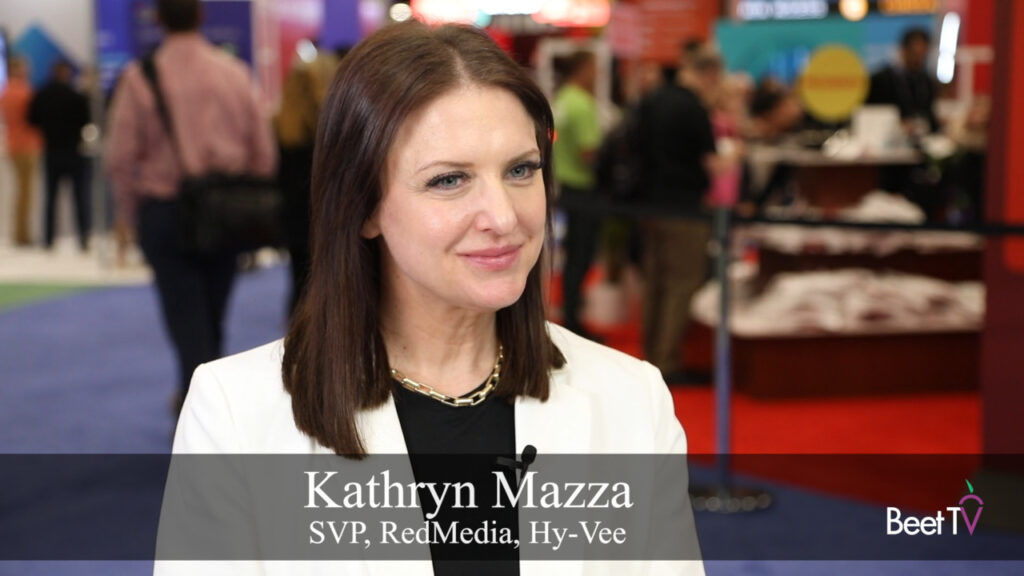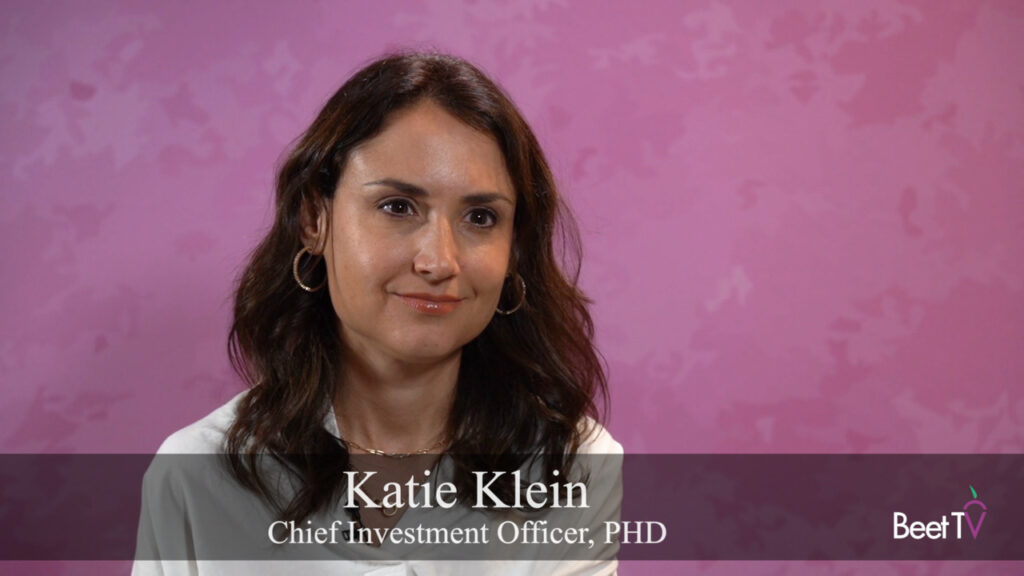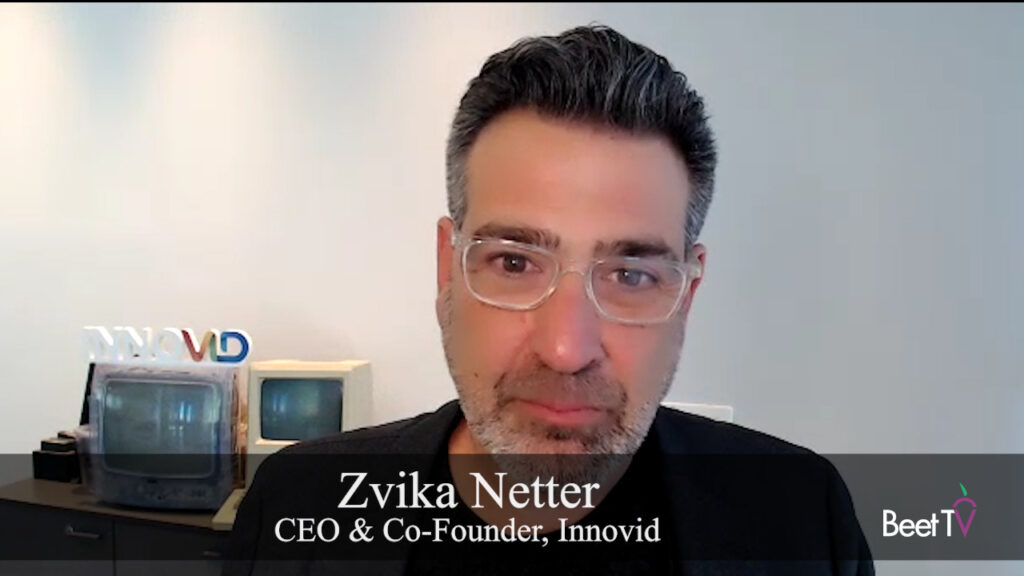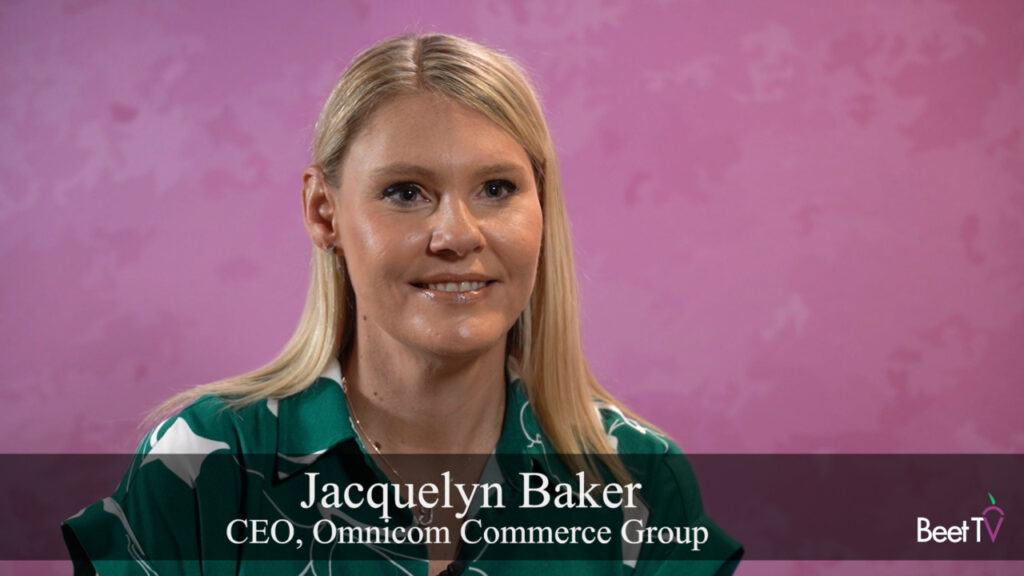SAN JUAN, Puerto Rico—In the complex and confusing world of advanced television and more precise audience targeting, everything starts with a foundation constructed of currency data, according to Nielsen’s Dave Hohman. Atop that foundation can sit a variety of “metrics to monetize,” he explains in this interview at the recent Beet Retreat 2018.
The currency foundation, according to Hohman, is Nielsen Total Audience ratings, which encompass traditional linear C3 and C7 metrics, and its Digital Ad Ratings.
Total Audience measurement produces a “currency level metric that is based on a foundation of representational viewing. So everybody who can see as well as persons-level measurement so that you can de-duplicate across platforms,” says Hohman, who is EVP and Managing Director.
Metrics to monetize reside on top of Total Audience measurement to trade or negotiate on price, guarantees and outcomes.
Asked whether Nielsen has a means of measuring viewer exposure to new iterations of traditional commercial pods and the quality of those exposures, Hohman says that would be a function of the monetization metrics.
“I think the answer to that is what is the marketer trying to achieve. Could be upper-funnel awareness metrics, driving store purchases. Those are very different objectives and the KPI that’s being used to get to the effectiveness isn’t always the same thing.”
It’s Nielsen’s function to show how many people saw ads, who they are, how many times the ads were seen and across what devices.
“That gives you the ability to de-duplicate. So that if I’m trying to attract or engage with a consumer, an individual, not a device, not a household, then I can say from a reach and frequency standpoint what’s the most effective way to deliver that message, potentially sequentially across platforms, to drive a specific outcome.”
To underscore the difference between a foundational currency and monetization metrics, Hohman points to the currency markets. “I think that’s an important distinction because when people talk about foreign currency as a proxy for why we should have multiple currencies, it’s always indexed to the dollar. You can do a comparable measurement from Yen to Pound Sterling to Kronor and the reason that works is because you’re get like-for-like value.”
Some in the industry have voiced the need for more than one cross-platform measurement currency, but no Hohman. “I’m not sure that there need to be multiple currencies. I think that there need to be a variety of KPI’s to address what a marketer is trying to achieve. That has to be tied to a currency level gold standard if you will.”
This video was produced in San Juan, Puerto Rico at the Beet.TV executive retreat. Please find more videos from the series on this page. The Beet Retreat was presented by NCC along with Amobee, Dish Media, Oath and Google.














































